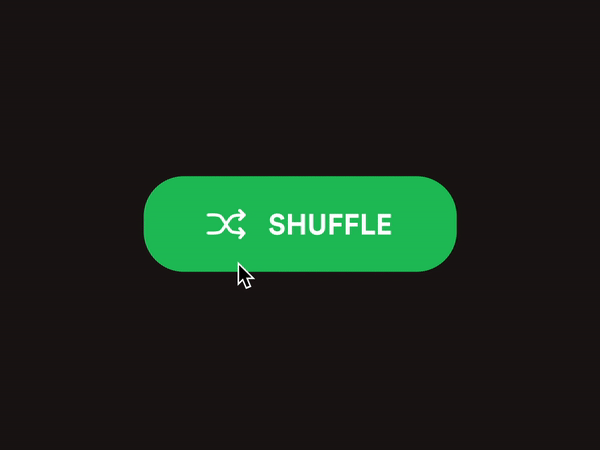Calven is a B2B workplace platform that empowers hybrid workforces to plan, book office resources, and provide a contextual employee experience for everyone from the ground floor to the C-Suite.
I’ve served as the lead product designer working on UI/UX, strategy, and marketing for the mobile app, web app, administrator portal, and Calven website since May 2021. In that time I've worked with engineers, business stakeholders, and most importantly users - to help scale the product from an initial concept to a working tool that serves thousands of users across modern tech companies.
Calven is a jack-of-all trades product when it comes to the workplace - which has given me experience working on an incredible breadth of features like automated desk booking, real estate management, access control and more:
Takeaways 🤔
Rather than focus on any one specific feature or project at Calven, I think it might be interesting to highlight a few overall takeaways from working across such a variety of features in a fast-paced environment, and what that's taught me in terms of my own design process. Here are some key things I’ve learned by doing during my time at Calven:
Think end-to-end ↔️
What I mean when I say end-to-end is; think about the product holistically. Leading design for an agile product team, I've had the unique opportunity to manage the initial problem solving space, design the implementation, then plan and create the marketing materials to showcase what we've built. Working in this role has really helped me mature the way I think about what I'm creating, and get out of the technical vacuum of design tools to think about how we explain, market and roll out the thing we've built. Often times, our design process begins with a "north star" marketing pitch and works backwards to ensure we can arrive at the solution we set out for in that pitch.Know your audience 📢
This was probably the most important lesson I learned and built Calven's design process around. Creating a design to pitch an early concept to a founder is an entirely different process to designing for dev handoff, or designing an experience for users to test.
When articulating a concept, I quickly learned it's most important to cut out the noise, highlight the problem clearly, and pitch a compelling story about the solution in order to get everyone on the same page. This helps ensure we're all working towards the same broad goals.
Once goals were agreed on, I found it really valuable to work together as a triage with business and engineering, having early conversations about scope concerns and implementation details. At this point, it was important to spend time collaborating on documentation of the problem, fleshing out use cases, goals and business logic. This not only helped us agree on the scope of our projects earlier, but also served as a valuable opportunity to spot check designs and get early input on UX.
An important factor through this whole process was to always be asking questions and challenging assumptions we might be making about what our users wanted. To answer those questions, presenting ideas to stakeholders and testing different solutions with end users proved to be a valuable final step, and really helped validate the solutions we'd come up with.
Design in phases 🔢
As an early career designer, it was really easy to get caught up in creating a dream experience. While incredible levels of polish and delight are always the point to strive for, very rarely (in my experience) will a minimum viable product have everything that everyone wants. An important lesson I learned in that context is to be ready to kill my darlings - and strip concepts back to the simplest possible value to set this experience apart from the rest.
Distill feedback into goals, not features ✅
Often when working with stakeholders, especially founders and key business partners, everyone wants to be a designer. I always appreciate input, positive or negative, but it was important to learn not to take everything too literally. If someone demands a feature - I find it extremely valuable to distill that request into the form of a user story, i.e “As x person in y role, I want to solve z problem.” This helps avoid getting tunnel-vision when trying to solve a more complex problem, and keep the end goal in sight.
Summary 🏁
My time at Calven has allowed me to quickly dive right into the tech startup, B2B, SaaS world as a product designer with a lot of influence over a large product. Since joining, I've spent lots of time working with internal and external stakeholders to gather research and feedback to help guide the product vision and define our roadmap, I've worked with engineers to parse business logic and translate designs to data and documentation, and I've spent countless hours in Figma exploring, iterating, and prototyping to shape our product and the design system it was built upon.












